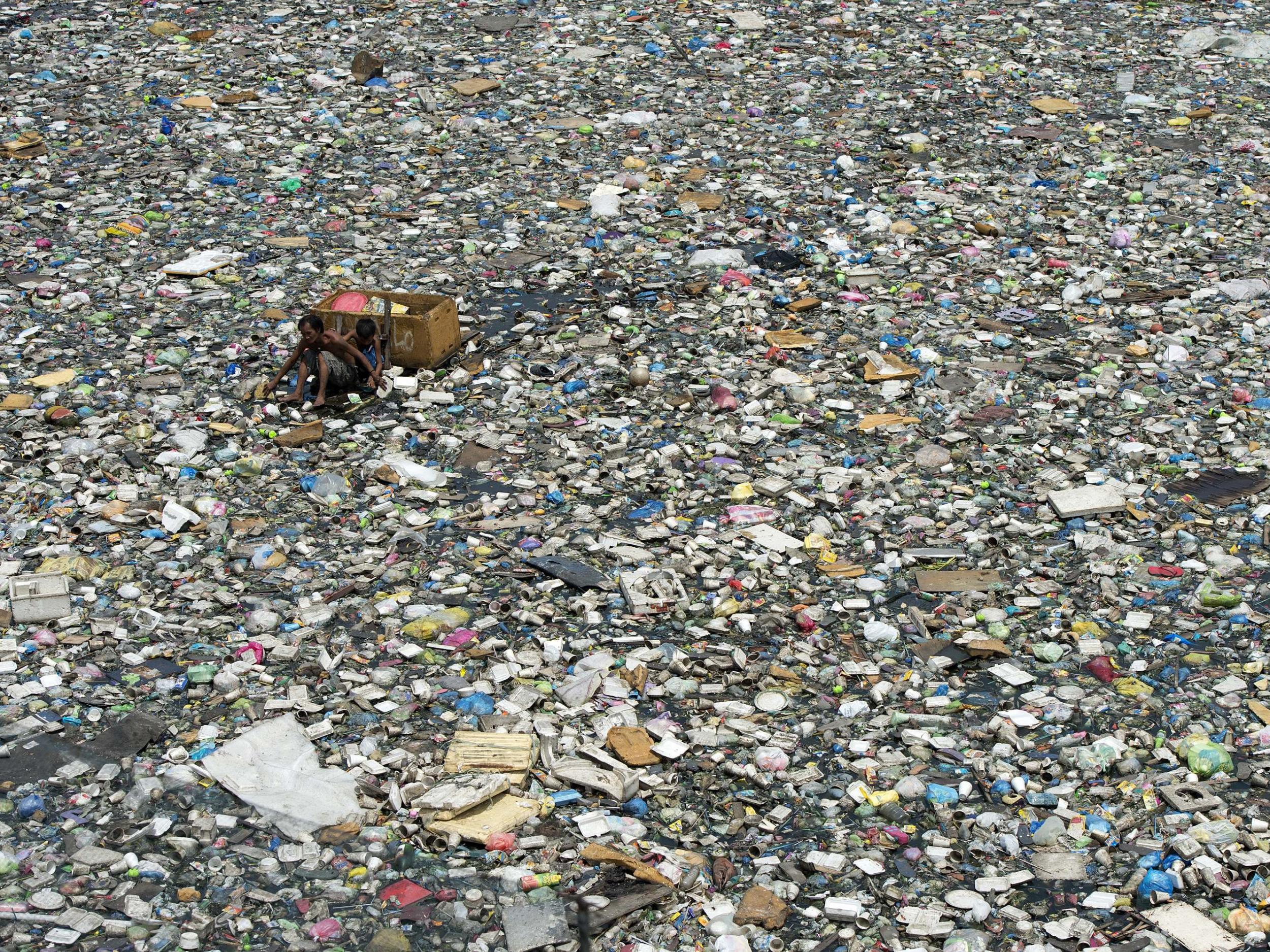Ocean microplastics: 'Lost 99%' of tiny pollutants could now be identified with new method
New technique suggests quantity of small plastic fragments in the marine environment is larger than previously thought

Your support helps us to tell the story
From reproductive rights to climate change to Big Tech, The Independent is on the ground when the story is developing. Whether it's investigating the financials of Elon Musk's pro-Trump PAC or producing our latest documentary, 'The A Word', which shines a light on the American women fighting for reproductive rights, we know how important it is to parse out the facts from the messaging.
At such a critical moment in US history, we need reporters on the ground. Your donation allows us to keep sending journalists to speak to both sides of the story.
The Independent is trusted by Americans across the entire political spectrum. And unlike many other quality news outlets, we choose not to lock Americans out of our reporting and analysis with paywalls. We believe quality journalism should be available to everyone, paid for by those who can afford it.
Your support makes all the difference.A new method has been developed that could help scientists identify the “lost 99 per cent” of microplastics in the world’s oceans.
Microplastics are fragments of plastic measuring less than 5 millimetres. They mainly arise from large plastic objects, which accumulate in the oceans and slowly break down into smaller pieces.
These tiny plastics are by far the most common type of marine pollution, but their size means most of them aren’t being taken into account when scientists attempt to analyse their prevalence.
One study estimated that 99 per cent of plastic in the ocean remains unaccounted for.
Now, scientists have used a fluorescent dye that specifically binds to plastic in order to accurately count the very smallest plastic fragments.
They found many more microplastics than were previously estimated.
“Using this method, a huge series of samples can be viewed and analysed very quickly, to obtain large amounts of data on the quantities of small microplastics in seawater or, effectively, in any environmental sample,” said University of Warwick researcher Gabriel Erni-Cassola, lead author of the Environmental Science & Technology study.
Prior to this, methods to assess microplastic prevalence have relied on scientists picking them out of seawater samples one by one.
By adding their dye to samples, the scientists were able to easily detect fragments under a microscope in samples taken from the coast around Plymouth. This allows the process to be automated.
"Have we found the lost 99 per cent of missing plastic in surface oceans? Obviously this method needs to be implemented in future scientific surveys to confirm our preliminary findings,” said co-author Dr Joseph Christie-Oleza, also at the University of Warwick.
Many of particles they detected were no bigger than the width of a human hair, but even they can potentially be harmful to the environment, especially when ingested by animals.
In a recent episode of Blue Planet II, viewers saw the plight of a pilot whale calf that may have been a victim of plastic poisoning via contamination in its mother’s milk.
“Unless the flow of plastics and industrial pollution into the world's oceans is reduced, marine life will be poisoned by them for many centuries to come,” said Sir David Attenborough in his voiceover.
As it stands, scientists still have much to learn about the toxic effects of plastic. Microplastics are certainly eaten by many animal species at the expense of actual food, and this can lead to starvation.
It is also possible that chemicals and contaminants from the microplastics are absorbed by animals when they eat them, affecting their behaviour and bodily functions.
This makes attempts to measure the extent of the plastic problem vital.
"One of the major challenges right now is detecting the small stuff and extracting it from complex matrices," said Dr Chelsea Rochman, a plastic pollution researcher at the University of Toronto who was not involved in the study.
"I'd say I'm thrilled to see people working on this and that it seems this method may have some promise," said Dr Rochman.
“It is important to understand how plastic waste behaves in the environment to correctly assess future policies,” said Dr Christie-Oleza.
Join our commenting forum
Join thought-provoking conversations, follow other Independent readers and see their replies
Comments